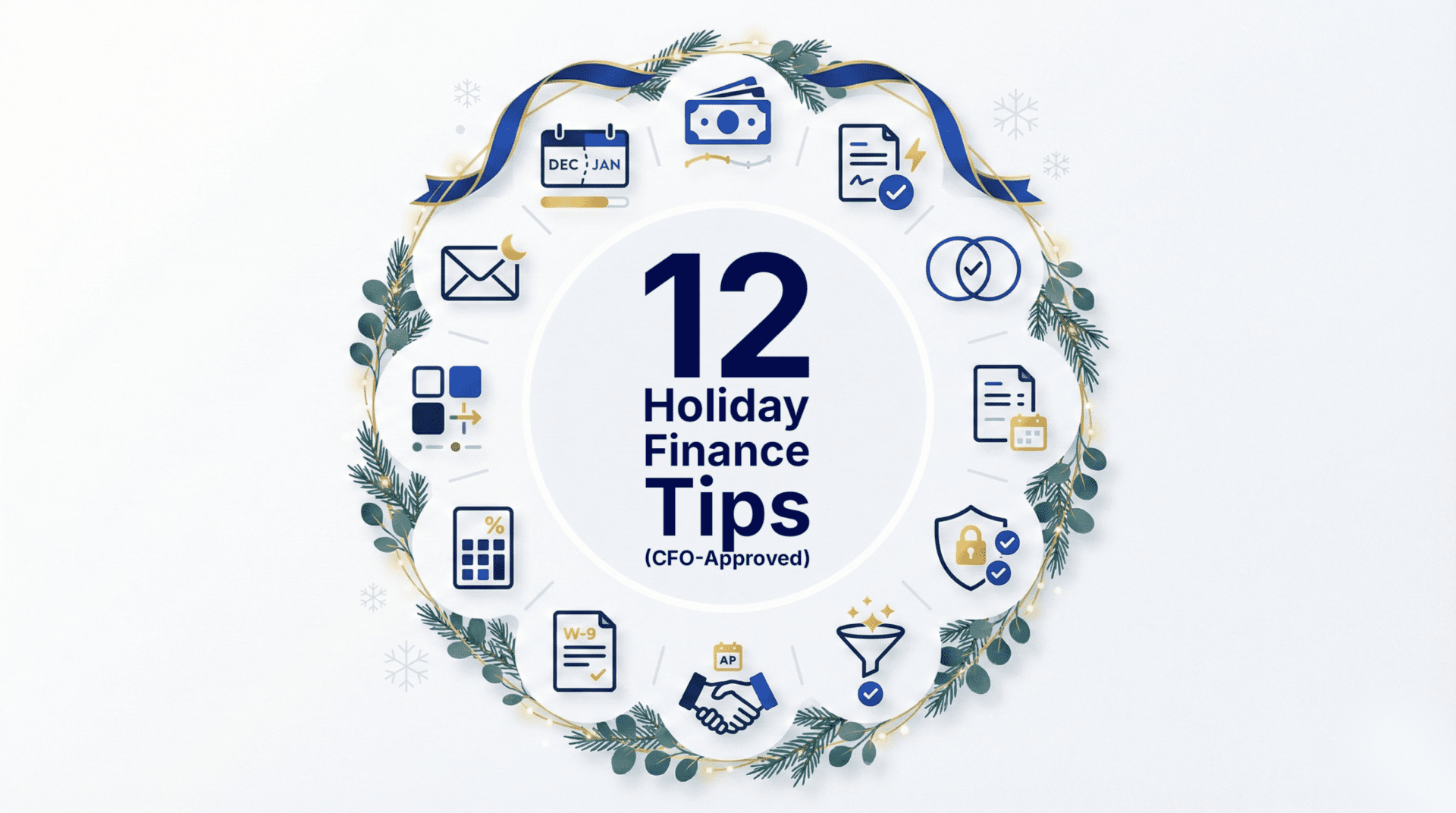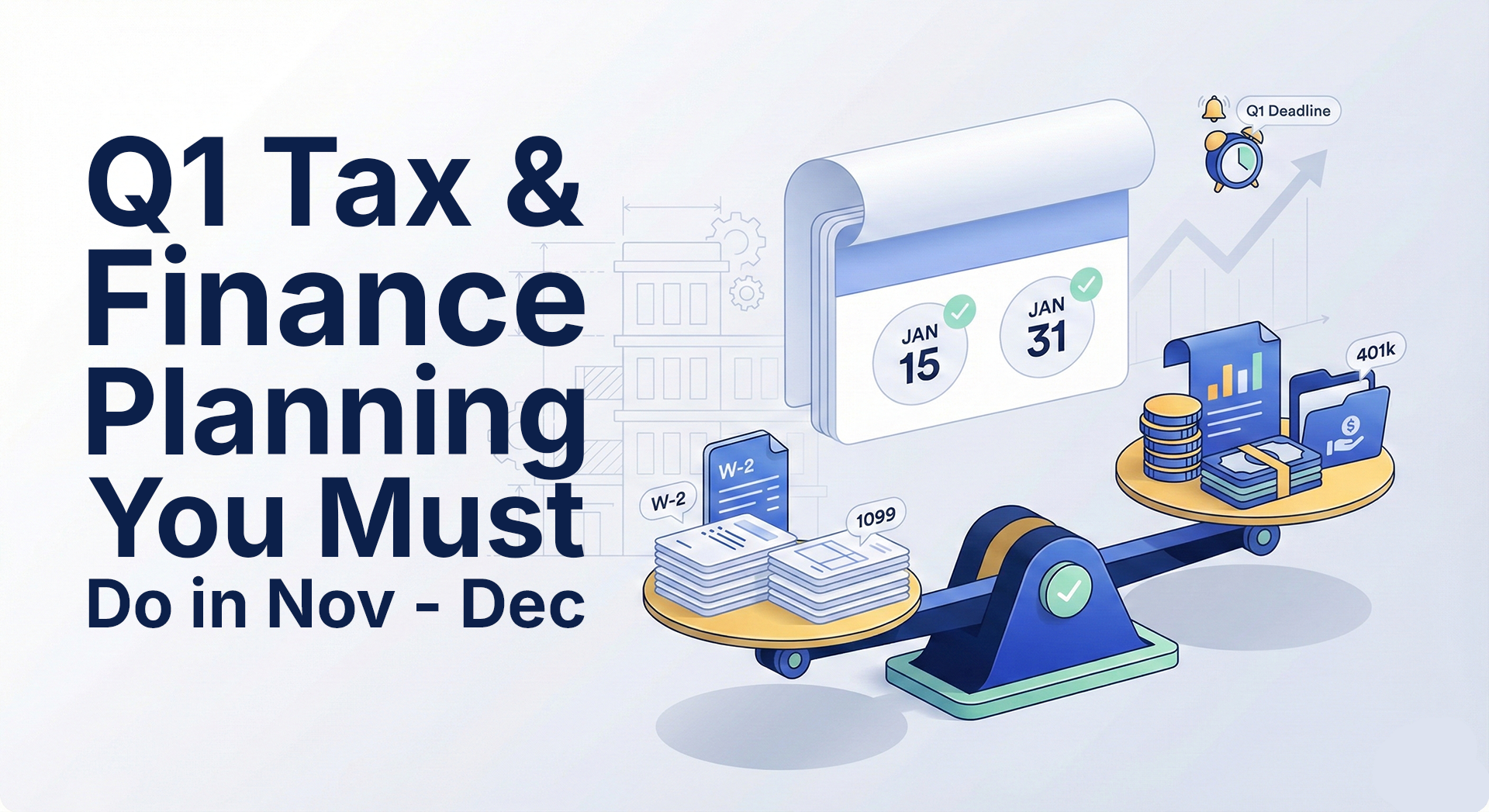
Cash flow is simply the net movement of cash into and out of your business. In plain terms, it’s the money flowing through your company’s bank account. Every sale, expense, loan payment, or investment shows up as cash coming in or going out. For example, when you receive payment from a customer, cash flows in; when you pay rent or wages, cash flows out. If more cash is coming in than going out, you have positive cash flow (good news!). If more is going out than in, you have negative cash flow, meaning you’re dipping into reserves or taking on debt to cover the gap. In short, positive cash flow means your liquid assets are growing, which lets you cover bills, invest in growth, and weather slow periods.
Think of cash flow like the water and nutrients a plant needs to grow. With steady watering (cash coming in), the plant thrives; without it, it wilts. A business is similar – “fuel is to your car as cash flow is to your business”. That means if your cash “fuel tank” runs low, even a profitable startup can stall. As one coach puts it, fast growth burns more cash (for hiring staff, buying inventory, training, etc.), so you must manage the fuel carefully. In practice, this means monitoring your cash balance regularly and ensuring enough “fuel” to reach the next business milestone.
Building a reliable cashflow plan often requires financial expertise. CleverProfits’ outsourced CFO Services are designed for this: our team provides planning, forecasting, and active cash flow management. We set up cash flow forecasts and dashboards so you know exactly when money will hit or leave your account. In other words, CleverProfits helps entrepreneurs keep that fuel gauge in view and avoid running out unexpectedly.
Cash Flow vs Profit
Profit and cash flow are related but not the same. Profit (net income) is the number left over on paper after subtracting all expenses from revenues. It’s calculated on an accrual basis, meaning it counts sales when you earn them and expenses when you incur them, even if no money has yet changed hands. Cash flow, by contrast, tracks the actual cash moving in and out. It only counts money when it is received or paid.
The key difference is timing and cash vs non-cash items. You could record a $10,000 sale this month (boosting profit) but not receive payment until next month, so your profit goes up now but your cash hasn’t arrived yet. Likewise, you might deduct depreciation or other non-cash expenses on the profit and loss statement without any immediate cash outlay. As Harvard Business School notes, “profit indicates the amount of money left over after all expenses have been paid, [while] cash flow indicates the net flow of cash into and out of a business”. In other words, profit is what remains on the books; cash flow is what’s in the bank.
For entrepreneurs, this distinction matters. A profitable company on paper can still run short of cash in the bank. In fact, HBS explains that cash flow health helps determine whether a profitable firm can remain solvent during a downturn. For example, fast-growing startups often invest heavily in inventory and hiring before customer payments arrive. They may show a profit when those sales are booked, but if customers pay late, the cash isn’t there to cover bills. The result can be a cash crunch even with high revenue. (Conversely, a business could have one-time investor funding or loans that boost cash on hand but still be unprofitable.)
In practice, watch out for these pitfalls: if your accounts receivable (money owed by customers) grows faster than you collect it, cash flow suffers even if sales look good. Similarly, if your monthly payables (bills to vendors) come due before your receivables arrive, you’ll face a gap. This is why business mentors often say: profit is like your speedometer, but cash is like your fuel gauge. You might be speeding ahead (making profit), but if you’re almost out of gas (cash), the car won’t go far.
How to Read a Cash Flow Statement
A cash flow statement breaks down all the cash moving through your business into three sections[12]: Operating Activities, Investing Activities, and Financing Activities. Each section shows where cash is coming from and where it’s going for that category. By analyzing these sections, you see exactly how cash is generated and used over the period.
As this example statement shows, the Operating Activities section (top) starts with net income and adjusts for day-to-day changes. It includes cash you collected from customers and cash paid to suppliers, employees, taxes, etc.[13]. Positive operating cash flow means your core business is generating enough cash to cover its expenses; negative indicates you’re spending more on operations than you’re bringing in (perhaps due to slow-paying customers or rising costs)[14].
The Investing Activities section (middle) tracks cash used for long-term investments[15]. Inflows here might come from selling assets (equipment, investments, property), while outflows are cash spent buying assets (like new equipment, technology, or acquisitions). Growing businesses often see negative cash flow in this section – not necessarily a red flag, but a sign they’re reinvesting in future capacity or growth[15]. For instance, buying a delivery van or new computer is a cash outflow here; selling old equipment or a piece of property would be an inflow.
The Financing Activities section (bottom) shows cash from raising or repaying capital[16]. This includes cash in from new loans or investors, and cash out for paying down debt, paying dividends, or buying back shares. For example, taking a bank loan or issuing stock adds cash (shown as an inflow), while repaying that loan or giving dividends uses cash. This section reveals how you funded the business and how much you returned to owners or lenders[16].
By reconciling all three sections, the cash flow statement will show the net change in cash over the period – i.e. the beginning cash balance plus/minus these activities equals the ending cash balance. In practice, if you see a shortfall (ending cash lower than beginning), you’ll know exactly which section caused it. For example, if operating cash is strong but cash still fell, maybe heavy asset purchases (investing outflows) or debt repayments (financing outflows) used more cash than expected.
5 Tips to Boost Cash Flow
- Invoice promptly (and incentivize fast payment). Send out invoices immediately after you deliver goods or services, and consider small discounts for early payment. Getting invoices in front of customers quickly means you get paid sooner. In fact, tightening up your invoicing process (e.g. sending invoices as soon as a job is done) and offering tiny early-payment discounts (2% off if paid in 10 days) can meaningfully speed up collections[17]. This reduces the time cash is tied up in receivables.
- Manage inventory smartly. Holding too much stock ties up cash. Do an inventory check: identify slow-selling items and clear them out, even at a discount. Excess inventory “ties up a lot of cash” that you could otherwise use for operations[18]. For example, if one item has sat unsold for 3 months, consider running a sale or returning it to free up cash. Meanwhile, buy only what you need to meet demand so you’re not over-invested in goods on the shelf.
- Negotiate supplier terms. Your vendors are part of your cash flow too. Talk to them: can you extend payment terms from net-30 to net-45 or net-60? Even a small extension can give you breathing room. Many suppliers are open to this, especially if you offer to set up automatic payments. Extending when you pay out delays cash outflows and helps match them with your incoming payments[19]. Also, ask if they can give you a purchase discount for early payment (this is the flip side of the point above).
- Use electronic payments and credit wisely. If your bills allow electronic payment, schedule them on the due date so the cash leaves your account as late as possible. For example, paying a utility bill electronically on the morning it’s due keeps cash in your account a little longer[20]. Likewise, using a business credit card with a grace period can extend your float by a few weeks (just be careful not to carry a balance). These small timing tricks give you extra “float” on incoming cash.
- Lease major assets instead of buying. Big one-time purchases can drain cash. If possible, lease equipment, vehicles, or space so you pay in smaller installments rather than all at once. For example, leasing a copier or work van spreads the cost into monthly rent-like payments[21]. This keeps more cash on hand for day-to-day needs. (The drawback is you may pay more overall, but for tight cashflow, smaller periodic payments can be easier to handle.)
Common Cash Flow Problems
Even well-managed businesses can hit cash flow snags. Watch out for these pitfalls:
- Late payments or big receivables. If customers take too long to pay, your cash will dry up. A sudden spike in accounts receivable (money owed) can leave you cash-poor despite strong sales. Similarly, if your bills (rent, suppliers, payroll) are due before your customers pay, you’ll struggle to cover them.
- High overhead and fixed costs. Large recurring expenses – like payroll, rent, insurance, or software subscriptions – can quickly eat cash each month. If revenue dips or is seasonal, high fixed costs can create a deficit. A sudden commitment (like hiring extra staff or signing a long-term lease) can be especially risky if not matched by stable income.
- Excess inventory or capital spending. Buying too much inventory or spending heavily on equipment ties up cash. A one-time investment might look productive, but it can starve other parts of your business of cash. For example, loading up on inventory before a big season is smart – but if demand falters, that cash is locked in unsold goods.
- Profit vs. cash mismatch. Remember that profit on paper doesn’t guarantee cash in the bank. You can be “profitable” (accruing revenue) yet still face a cash shortage. For instance, imagine a software firm that books $100K of annual service revenue, but only gets $10K upfront and the rest over the year. The P&L shows profit, but monthly cash is tight. It’s critical to track both profit and actual cash.
- Lack of planning/forecasts. Not forecasting cash needs is a common mistake. If you don’t anticipate slow seasons or upcoming big expenses, you won’t know a crunch is coming until it hits. Regular cash flow forecasting (even a simple rolling 13-week plan) can alert you to trouble in advance. Without it, you may be caught off-guard by unexpected bills or temporary downturns.
FAQ’s
- Q: Why is positive cash flow important?
A: Positive cash flow means your liquid assets are increasing. This ensures you have enough cash to pay bills, reinvest in the business, and build a safety net. In short, it keeps the business running. As Investopedia notes, good cash flow indicates a company can cover its obligations and pursue new opportunities. Without positive cash flow, even a profitable business can struggle to survive. - Q: Can a profitable company have cash flow problems?
A: Yes. Profitability and cash flow are not the same. Profit can include sales you’ve recorded but not yet collected, or expenses you’ve accrued but not yet paid. It’s possible for a company to show a profit on its books yet run short of cash in practice. For example, if you sell products on 60-day terms, you may be profitable but have no cash until invoices are paid. Harvard Business School points out that even profitable companies can “stall out” if their cash flow isn’t managed, because cash is needed to pay expenses and fund growth. - Q: What if my cash flow statement shows a big negative?
A: First, identify which section caused it. If operating cash is negative, look for issues like slow collections or overspending. If financing is negative (paying off debt or dividends), ask whether it’s sustainable. A one-time negative number (e.g. selling off inventory at a discount) might be fine, but persistent negative cash flow needs action: cut costs, accelerate sales, or bring in financing. Use the tips above and consider expert help if needed. - Q: How often should I check cash flow?
A: Cash flow should be monitored regularly – ideally weekly or monthly, depending on your business speed. New entrepreneurs often find that a simple weekly review of bank balances and upcoming payables/receivables catches issues early. Most accounting software can generate cash flow reports on demand. The key is consistency: treat cash flow as a living metric like any other, and adjust your plans as the data changes.
If you have more questions or need help putting these ideas into practice, our team is here to support you. CleverProfits’ financial experts can work with you directly on cash flow forecasting, budgeting, and strategy (our CFO Services include active cash flow management). Ready to take control of your cashflow? Consider booking a call with our team for personalized guidance.
The Clever Writing Team
The CleverProfits writing team includes various team members in Advisory, Financial Strategy, Tax, and Leadership. Our goal is to provide relevant and easy-to-understand financial content to help founders and business leaders reach their true potential.





